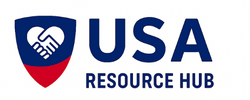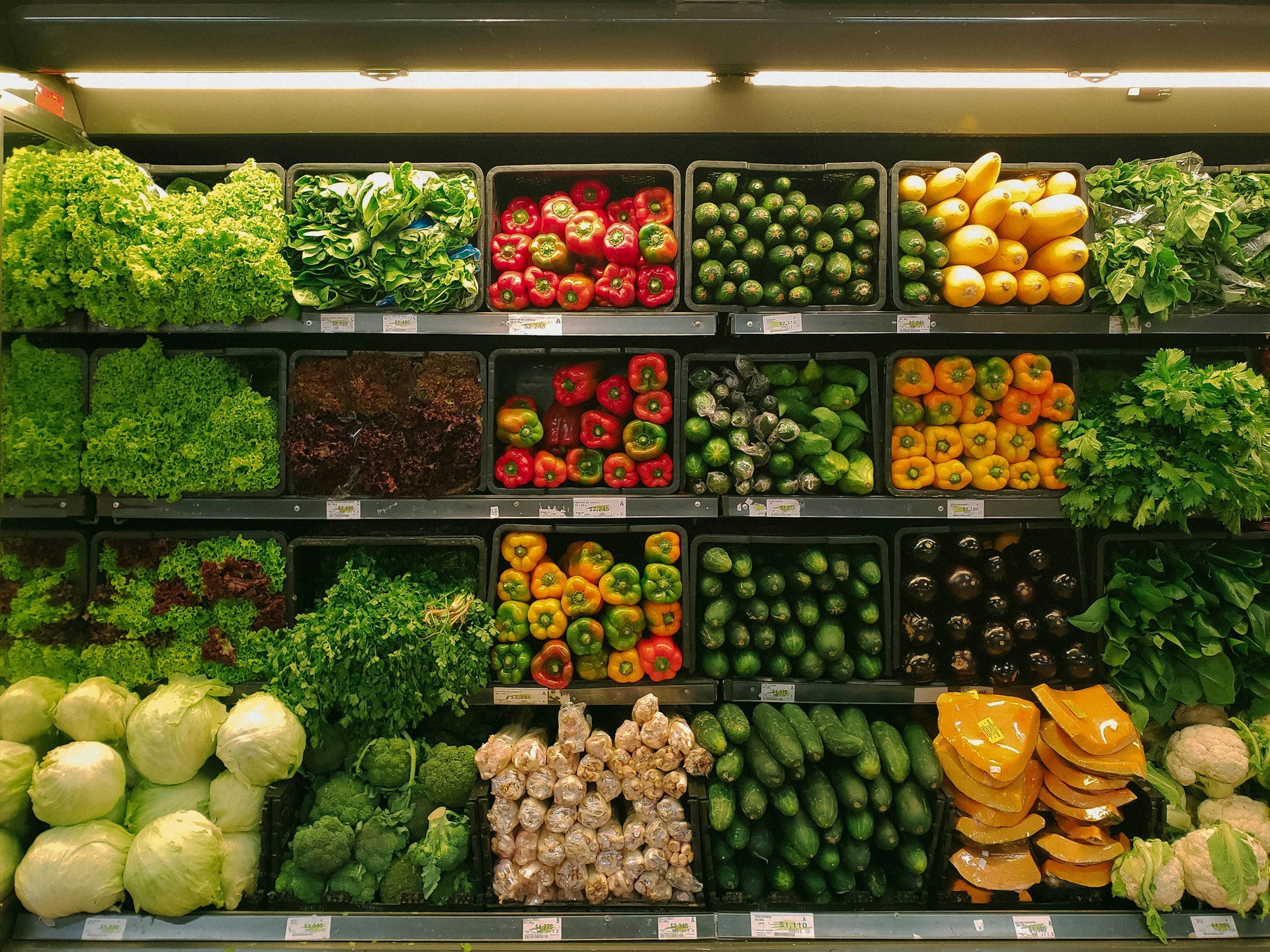When grocery bills start to outpace your income, the Supplemental Nutrition Assistance Program (SNAP) can help bridge the gap. Formerly known as food stamps, SNAP provides monthly benefits to help low-income individuals and families buy nutritious food. These benefits are loaded onto an Electronic Benefits Transfer (EBT) card, which works like a debit card at most grocery stores and farmers markets.
If you are struggling to afford groceries, applying for SNAP could be a critical step toward stabilizing your household budget. Here is a clear, step-by-step guide to help you understand eligibility, prepare your application, and access support.
Step 1: Understand What SNAP Covers
SNAP benefits can be used to purchase:
- Fruits and vegetables
- Meat, poultry, and fish
- Dairy products
- Breads and cereals
- Snack foods and non-alcoholic beverages
- Seeds and plants that produce food
SNAP cannot be used for alcohol, tobacco, vitamins, supplements, or non-food items like cleaning supplies or pet food.
Step 2: Check Your Eligibility
SNAP eligibility is based on several factors, including:
- Household income
- Household size
- Citizenship or immigration status
- Expenses such as rent, utilities, child care, and medical costs
Most households must meet both gross and net income limits. Gross income is your total income before taxes. Net income is what remains after allowable deductions, such as housing costs, child support, and medical expenses for elderly or disabled members.
If everyone in your household receives Supplemental Security Income (SSI) or Temporary Assistance for Needy Families (TANF), you may automatically qualify without meeting income limits.
You can check your eligibility using your state’s SNAP pre-screening tool or visit USA.gov’s SNAP page for general guidance.
Step 3: Gather Required Documents
Before applying, collect the following:
- Identification (driver’s license, passport, or other government-issued ID)
- Social Security numbers for all household members
- Proof of income (pay stubs, benefit letters, or self-employment records)
- Rent or mortgage statements
- Utility bills
- Child care or medical expense documentation
- Immigration documents if applicable
Having these documents ready will speed up the application process and reduce delays.
Step 4: Submit Your Application
You can apply for SNAP through your state’s SNAP office. Depending on your state, applications may be submitted:
- Online
- In person
- By mail
- By fax
Visit your state’s Department of Human Services or SNAP website to find the correct application portal. You can also call your local office for help locating forms or scheduling an appointment.
After submitting your application, you may be required to complete an interview. This can be done over the phone or in person and typically involves verifying your household information and financial situation.
Step 5: Wait for a Decision
States are required to process SNAP applications within 30 days. If your situation is urgent—for example, if you have less than $100 in cash and limited income, you may qualify for expedited benefits within seven days.
Once approved, you will receive an EBT card in the mail. This card can be used at participating retailers and farmers markets. You will also receive a notice detailing your monthly benefit amount and the date your benefits will be loaded each month.
Step 6: Maintain Your Benefits
SNAP recipients must complete periodic recertification to continue receiving benefits. This usually involves updating your income, household size, and expenses. You may also be required to report changes such as:
- New employment
- Changes in income
- Moving to a new address
- Adding or removing household members
Failure to report changes or complete recertification can result in loss of benefits.
Additional Support and Resources
If you need help applying, many community organizations and food banks offer SNAP outreach services. These include:
- Application assistance
- Document preparation
- Interview coaching
- Referrals to other food programs
You can also contact your local 211 hotline for help locating SNAP offices and support services in your area.
SNAP is designed to help families and individuals maintain access to healthy food during financial hardship. Applying may feel overwhelming at first, but the process is manageable with the right preparation. Start by checking your eligibility, gathering documents, and contacting your state’s SNAP office. The support is real, and it can make a meaningful difference in your monthly budget.


Leave a Reply